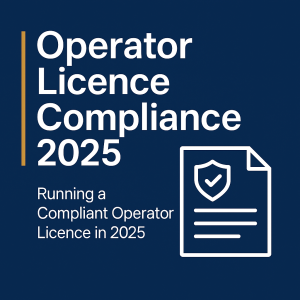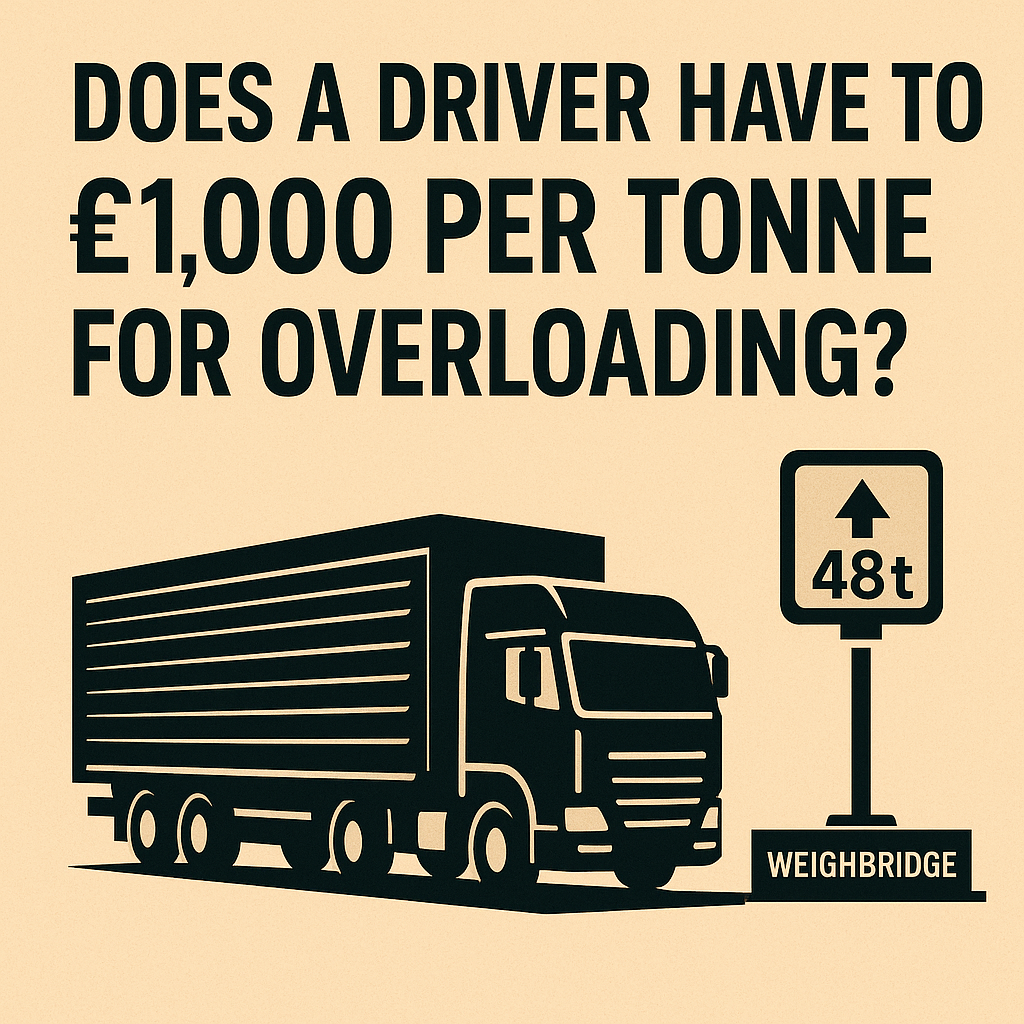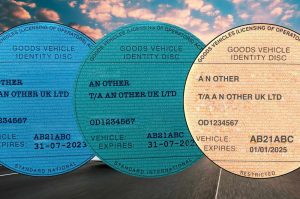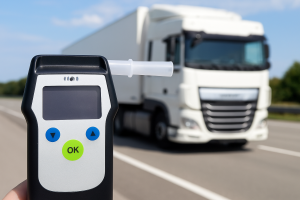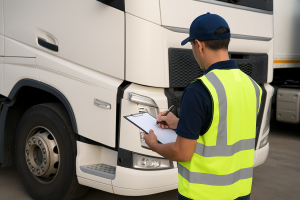Load It Right or Pay the Price: What Drivers Must Know About HGV Overloading
Overloading a commercial vehicle isn’t just a driver’s mistake — it’s a shared failure of the operator and transport team. Both drivers and operators have a legal duty to ensure vehicles are loaded within the limits set by law. If you’re the one behind the wheel, the consequences can land squarely on your shoulders — fines, penalty points, even prosecution. But make no mistake: your operator has just as much to lose.
This guide breaks down the real risks, legal penalties, and the tools you need to protect your licence, your vehicle, and your job — including how weigh-in-motion systems are changing the enforcement game.
What Is Overloading?
Overloading occurs when a vehicle exceeds its legally permitted weight — either in total (gross vehicle weight) or on a particular axle. The Maximum Authorised Mass (MAM) includes the vehicle, load, fuel, driver, and any passengers. It’s determined by the manufacturer and legally enforced by the Driver and Vehicle Standards Agency (DVSA).
Why It Matters
- Safety: Overloaded vehicles require longer stopping distances, have reduced steering control, and increase the risk of tyre blowouts.
- Vehicle damage: Suspension, braking systems, and drivetrains wear faster when carrying excess weight.
- Infrastructure damage: Roads and bridges degrade more rapidly under excessive loads, leading to higher maintenance costs for taxpayers.
- Legal liability: Drivers and operators can be prosecuted. Penalties include:
- Fixed penalties
- Court fines (up to £5,000 per overloaded axle)
- Points on a licence or disqualification
- Vehicle being prohibited from further travel until rectified
Legal Framework
Operators must ensure that vehicles are not overloaded before departure. Enforcement officers and DVSA inspectors can carry out roadside checks and issue immediate prohibitions. Overloading breaches several UK regulations, including:
Enforcement and Detection
Static Weighbridges
Traditional enforcement relies on roadside checks using static weighbridges or portable wheel pad scales. These are effective but time-consuming and resource-intensive.
Weigh-in-Motion (WIM) Technology
Increasingly, authorities and infrastructure operators are using Weigh-in-Motion (WIM) systems. These advanced technologies automatically measure the weight of vehicles in real-time as they pass over sensors embedded in the road.
Benefits of WIM:
- Enables 24/7 monitoring without stopping traffic
- Identifies repeat offenders
- Supports targeted enforcement
- Provides data for infrastructure maintenance planning
WIM systems help balance regulatory enforcement with efficient freight movement and are likely to become a central feature of future transport compliance regimes.
Responsibilities of Operators and Drivers
- Operators: Must implement systems to ensure vehicles are correctly loaded. This includes training, proper scheduling, using loading charts, and checking axle load distribution.
- Drivers: Have a legal duty to refuse to drive if they suspect the vehicle is overloaded. Routine checks, using weighbridges, and confirming loading records are critical steps.
Penalties for Overloading
The Driver and Vehicle Standards Agency (DVSA) uses a graduated fixed penalty system to deal with overloading offences, based on the percentage by which the weight limit is exceeded:
- The table below shows the current graduated penalty levels for excess weight matters.
| Severity |
Endorsable |
Fixed penalty amount |
| Less than 10% |
No |
£100 |
| 10% up to but not including 15% |
No |
£200 |
| 15% and over |
No |
£300 |
A £100 penalty will be given for a 0% to 9.99% overload, but DVSA examiners will allow a 5% leeway before issuing a fixed penalty or prohibition, unless the relevant weight has been exceeded by 1 tonne or more.
Normally, a fixed penalty would be inappropriate for serious cases of overloading – for example when the vehicle is overloaded by 30% and over, or the excess weight is 5 tonnes – so a court summons would be issued instead.
If the excess weight and the way the load is carried is having a significant effect on road safety – for example, serious instability or loss of control, these other offences will mean a court summons, with the excess weight being part of the offence/s.
In more extreme cases, particularly when the excess weight exceeds 30%, the DVSA can:
- Issue a court summons, leading to unlimited fines
- Potentially seek custodial sentences, depending on the circumstances
- Prohibit the vehicle from continuing its journey until:
- The load is reduced to legal limits
These penalties highlight the importance of routine checks, proper loading procedures, and ensuring every journey begins within legal weight parameters.
Best Practices for Compliance
- Know your limits: Understand your vehicle’s MAM and axle weight ratings.
- Use weighbridges: Regularly verify weights before leaving the depot.
- Distribute loads evenly: Prevent axle overloading, even if the total weight is within limits.
- Invest in technology: Onboard load sensors and telematics can provide real-time alerts to avoid overloading.
- Train your team: Ensure drivers and loading staff understand regulations and procedures. These topics are covered in-depth in our Driver CPC courses and Transport Manager 2 day Refresher Course
Conclusion
Overloading a commercial vehicle is not just a technical breach; it’s a safety risk and a legal liability. With tighter enforcement and evolving detection technologies like weigh-in-motion systems, the margin for error is shrinking. Operators and drivers who understand and respect weight regulations will avoid costly penalties and contribute to a safer, more efficient transport network.
